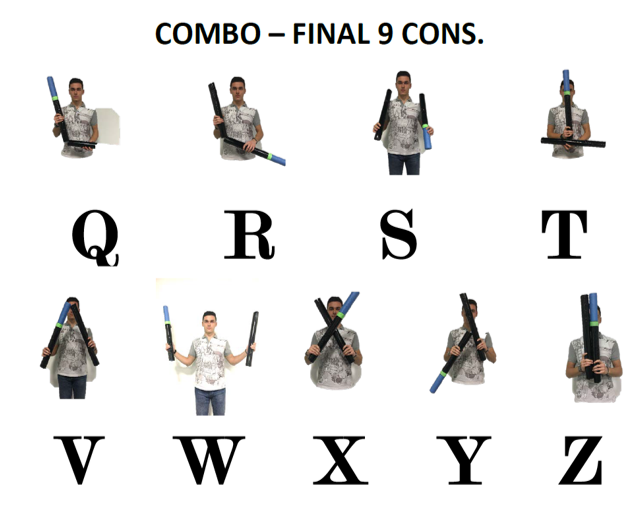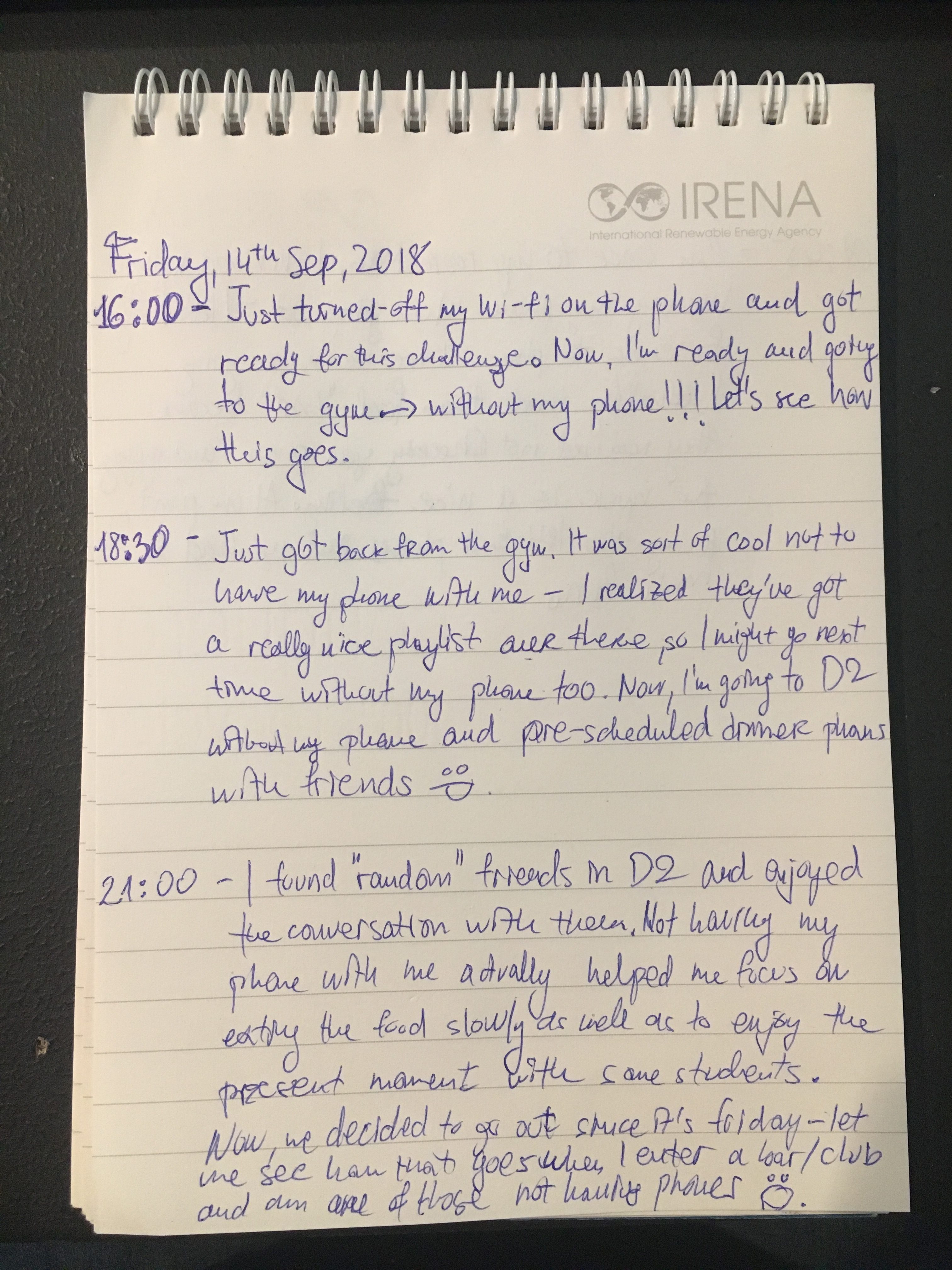The
Cyrillic Alphabet as the start of a new era in education and communication
What else could I choose, if not the Cyrillic alphabet
as a communication technology that was created by the two Slavs from Macedonia
– St. Cyril and Methodius? The Cyrillic
was in first place invented to translate the Holy Scriptures for the Slavic
people (mainly from Greek language) to make the Bible more accessible. Since
they were both Monarchs, they spent quite a bit of time teaching students (younger
Monarchs) who were mainly from Ohrid, the city with 365 churches and the origin
of education in Macedonia. The Cyrillic alphabet was later modified by St. Clement
and Naum of Ohrid, their two best students. This modification led to the
implementation of the alphabet into education, that is, to teach people how to
read and write. It was massively spread around Ohrid, leading to the
introduction of the use of letter as a written type of communication between
people from different places.
I have studied a lot about Macedonian language and the
origin and development of Cyrillic alphabet in primary and high school, and
find this idea very interesting for my first assignment. It would let me
analyze the stage of progression and use in written and spoken language, as the
main medium of communication. Also, by analyzing the Cyrillic alphabet, I can
do more research on the positive and negative consequences it had on the
people, their interest in learning the written language, and in its use for
educational purpose.
Bibliography:
https://www.nytimes.com/1985/08/10/opinion/l-cyril-and-methodius-neither-greeks-nor-bulgarians-but-slavs-182081.html
http://www.balkaninsight.com/en/article/in-pictures-ohrid-home-of-cyrillic-05-23-2018
http://learnrussian.rt.com/alphabet/the-history-of-the-cyrillic-alphabet/
https://www.britannica.com/topic/Slavic-languages#ref604061
Printing
press in Macedonia
Prior to 1835, printing press did not exist in Macedonia.
Books ready to print were sent to Vienna, Belgrade and Russia, implying high
costs and risks. The first printing office was open in Thessaloniki, sometime
between 1835 and 1838 by Teodosij Sinaitski. The office was burnt in 1842, and
only five books were fully printed there.
Interestingly enough, the second printing office was
open in 1848 in the village of Vatasa which belongs to the city I come from – Kavadarci.
It was called Vatasa Printing Office, opened by Daskal Kamce. There is not much
evidence for this office, however the first Macedonian Reader was printed there.
It is believed that many other books were printed in these two offices, however,
due to political tension and unacceptance of the Macedonian language by other
Slav countries at the time, a large amount of material for and printed in these
two offices was completely burnt.
After these two offices, the third printing office was
opened in Thessaloniki in 1852. These three offices mark the beginning of the
printing press in Macedonia, aiming at promoting books written and printed in Macedonian
language for massive use in educating people.
Bibliography:
http://makedonskijazik.mk/2010/03/%D0%BF%D1%80%D0%B2%D0%B8%D1%82%D0%B5-%D0%BC%D0%B0%D0%BA%D0%B5%D0%B4%D0%BE%D0%BD%D1%81%D0%BA%D0%B8-%D0%BF%D0%B5%D1%87%D0%B0%D1%82%D0%BD%D0%B8%D1%86%D0%B8.html














